Ways to Protect Plants from Freezing Temperatures
As seasons transition and temperatures drop, the vulnerability of your crops to frost becomes a concern for gardeners.
Yes, frost can be detrimental to your plants, but if you understand and prepare for the various high temperatures, then you have nothing to worry about! Recognizing the distinctions between light frost, first frost, cold weather, and last frost dates is crucial for adequately protecting your garden and planning ahead.

1. Understanding Frost Sensitivity
Tropical Plants and Delicate Annuals
These plants are susceptible to high temperatures, making it beneficial to grow them in containers for easy relocation indoors during colder months. This provides extra protection against unexpected freezes.
Frost-Sensitive Plants and Fruit Trees
Fruit trees and Brussels sprouts fall into this category and require special attention. Applying a thick layer of mulch around their bases and using frost blankets or plastic covers during frost advisories offers the best chance of safeguarding them.
Young Seedlings and Vegetable Gardens
These types demand extra care during frost threats. Shield them from the cold by using cardboard boxes or constructing makeshift shelters, ensuring the protection of your harvest.

2. Types of Freezing Temperatures
Light Frost
Light frost occurs when temperatures drop just enough to form ice crystals on surfaces without causing significant damage to plants. It usually happens when temperatures hover around 32°F (0°C). Light frost might affect more tender plants, but hardier ones generally survive.
First Frost
The first frost date marks the beginning of colder temperatures in the fall, signaling the end of the growing season. This event can damage or kill sensitive plants, making it crucial for gardeners to know when to harvest or protect their crops.
Cold Weather
Cold weather refers to extended periods of low temperatures. It can vary in intensity, from mildly chilly conditions to severe cold snaps. Cold weather impacts gardening by slowing down plant growth and affecting soil conditions.
Last Frost Date
The last frost date is the point in spring when the risk of frost is believed to have passed and marks the period when temperatures become consistently milder. Gardeners often use the last frost date as a reference for starting seeds indoors and transplanting seedlings outdoors.
3. Stay Proactive in Cold or Freezing Temperatures
Weather Monitoring
Keep a close eye on the weather forecast, especially during late spring frosts and early fall, to predict the needs of your garden ahead of time.
Utilize Cold Frames
Cold frames, resembling miniature greenhouses, work as an effective strategy to protect garden plants from freezing temperatures. They trap warm air and shield against sudden cold snaps.
Mulching
Apply a layer of organic mulch around the base of plants to regulate soil temperatures, providing insulation and protecting the root system from the effects of freezing temperatures.
Choose Frost-Resistant Plants
Opt for plant varieties known for their resistance to frost, such as cold-tolerant crops, as they are more likely to withstand cold temperatures without significant damage.
Covering Plants
Cover vulnerable plants with frost blankets, old bed sheets, or burlap sacks during nights with expected freezing temperatures to temporarily shield your plants and prevent frost damage.
Watering Strategically
Water your garden thoroughly before a predicted frost. Moist soil retains heat better than dry soil, providing some protection to the roots and surrounding plants.
Selective Pruning
Perform selective pruning in late summer or early fall to remove overly lush growth and encourage plants to focus energy on developing hardier, frost-resistant shoots.
Windbreaks
Install temporary windbreaks around your garden to shield plants from harsh winter winds and mitigate the impact of freezing temperatures.
Garden Location
If possible, choose a garden location that minimizes exposure to frost pockets, such as low-lying areas where cold air tends to settle.

4. Most Common Risks Of Frost
Cell Damage
Frost causes ice crystals to form within plant cells, leading to cellular damage. When the ice expands within the cells, it ruptures cell walls and membranes, resulting in irreversible damage.
Water Depletion
Ice formation during frost can extract water from plant cells, leading to dehydration. This weakening of the plant makes it more susceptible to other environmental stresses.
Tissue Injury
Frost can cause tissue injury in various plant parts, including leaves, stems, and buds. The severity of the damage depends on the duration and intensity of the frost.
Stunted Growth
Exposure to frost can stunt the growth of plants, especially young seedlings, causing them to struggle to reach their full potential.
Delayed Flowering and Fruit Set
Frost can disrupt the normal developmental processes of plants, leading to delayed flowering and fruit set, impacting the overall yield and quality of crops.
Bolting in Vegetables
Certain vegetable crops may bolt, prematurely producing flowers and seeds of poor quality in response to frost.
Loss of Flower Buds
Frost can damage or kill flower buds, reducing the potential for blooms later on.
Root Damage
The freezing of soil moisture around plant roots can lead to root damage, affecting their ability to absorb water and nutrients.
Secondary Damage
If the frost doesn't kill the plant, it may weaken it and make it more susceptible to secondary environmental stressors, such as wind and additional freezing events.
Loss of Crops
In severe cases, particularly during late spring or early fall frosts, there is a risk of losing entire crops, resulting in economic and food security impacts for farmers and gardeners.
Final Thoughts
Hopefully, this blog helps you feel prepared for the colder months ahead. It's not as overwhelming as it may seem, but the best way to deal with rising temperatures is to be prepared and learn from your mistakes. Once you get the hang of it, you will be able to read your plants better and plan accordingly so that your garden can flourish even in the winter months.

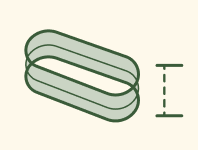
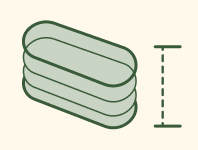
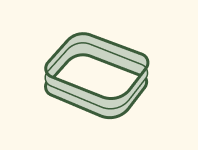
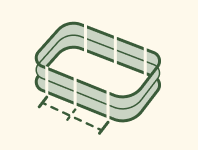
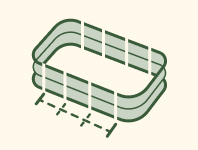
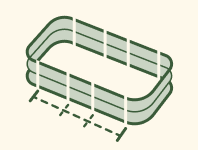





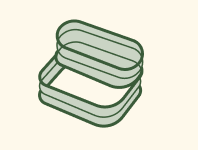


















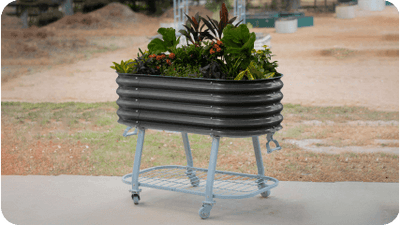








































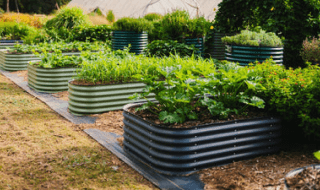
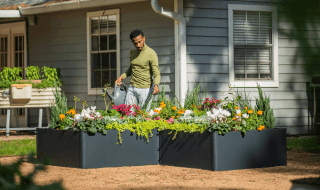
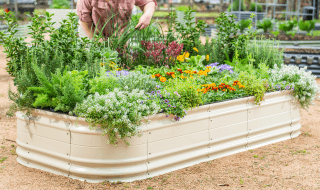
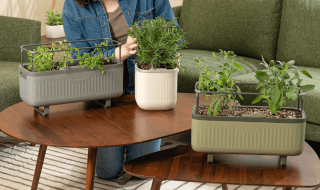
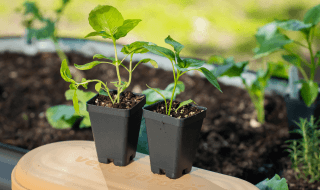
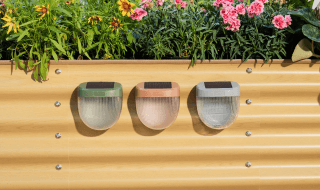
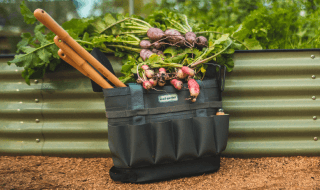
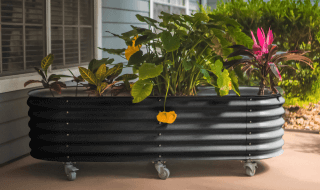







Leave a comment